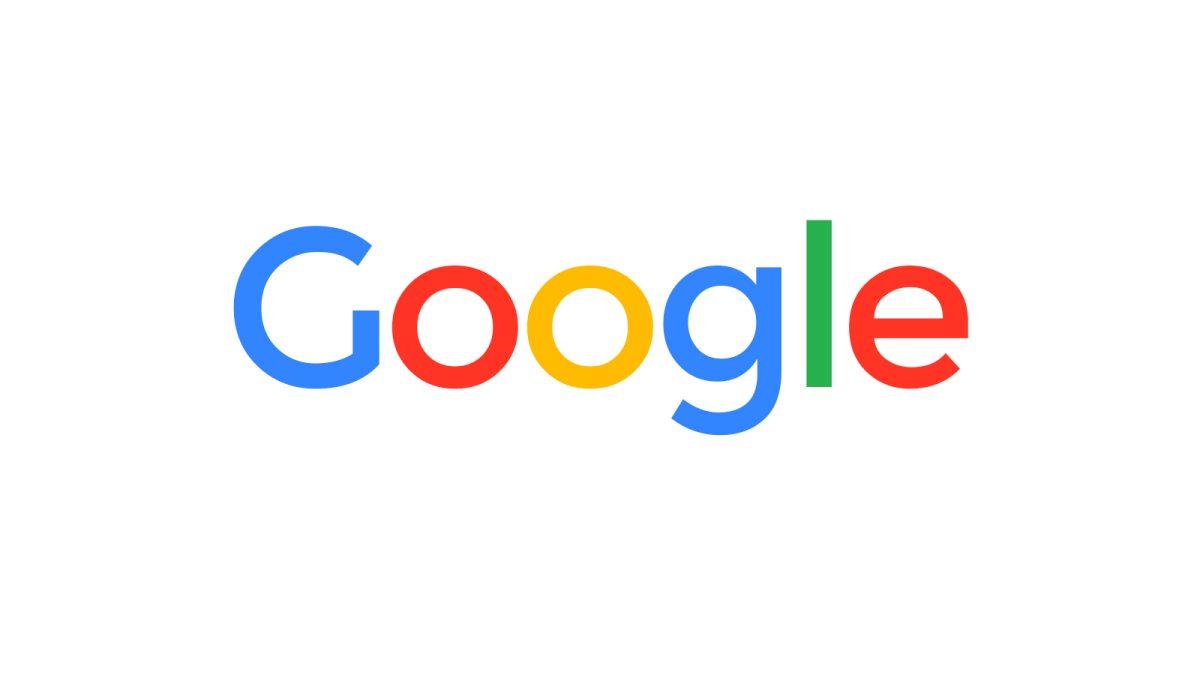Peter Njoroge, Executive Editor
Sonoma State University’s switch to Microsoft products and software was shortsighted and from a qualitative standpoint, rather tasteless. Granted the campus wasn’t the only one to make the abrupt and mindless switch, but for standards sake someone has to say something.
Clearly, I’m said person.
Campuses across California, such as San Francisco State University and Cal Poly San Luis Obispo offered Microsoft-based products and software for free to students.
The only benefit was that they were free to students and the true cost is both the software and products are of lesser quality on all fronts related to academics than Google products.
Google is unequivocally a better company and offers better services and software across the board.
Google offers college students everything they need to work effectively from virtually anywhere and allow them to communicate while doing so. For instance there’s Google Drive, which is a cloud oriented platform that makes working on a team effortless.
The ease of automatically saving any edits made on a Google document and knowing they’re there the next morning saves many-a-headaches.
Next comes Google Scholar, which is a free database with thousands upon thousands of academic journals and articles, which also automatically links to Sonoma State’s database if the school has access to the same research article.
Further, in a research article in the Computer Networks journal, Google founders Sergey Bin and Lawrence Page had a framework for researchers and students in the original design and architecture of the multi-layered search engine.
They not only wanted the search engine serving as a driving force for data collection and accessible information, but more so a place where students or scientists could go to find ideas and collect research information in record time. As they state in the article, Bin and Page used a compressed form to save all of the relevant data from the search engine into a place specifically tailored for research and contextually, for college students.
In addition to e-mail, Slides, Docs and photos as well as YouTube, it’s clear all of Google’s programs are orientated towards a holistic and integrative user interface.
They also cater to a majority of student’s needs, granted said students have adequate Wifi access and a functional laptop or desktop.
From watching a relevant YouTube video on any course content to presenting material using Google Slides, the usability aspect for college students is virtually unmatched.
Apart from the many applications that Google offers to students, there’s one thing the company does differently to set itself apart from Microsoft; it puts the user first.
The company’s first motto on its website is “Focus on the user and all else will follow,” which goes to show the dedication Google has towards consumers.
“You can be serious without a suite,” is another motto, one exemplifies the company’s culture and disruptiveness in terms of straying away from the traditional 9-5 business culture, values and work ethic.
In all fairness, Microsoft does deliver on single well designed software such as Word and Excel, but they poorly execute integration and consistency. Its products seem to cater to corporations and businesses better than academic institutions.
However, my Outlook email application crashing on a weekly basis is a testament to the lack of consistent software or glitch-free aspects of programs offered by Microsoft.
In contrast, Gmail has never crashed or gave me error messages from the time I created the account, whether I accessed it on iPhones or MacBooks, respectively.
From a purely financial basis, transitioning to Microsoft software was probably cheaper and manageable for universities in California but as stated, it was quite a rash and shortsighted move in terms of what students would’ve gained with an integrated and long-term Google system at their immediate and free disposal.




































